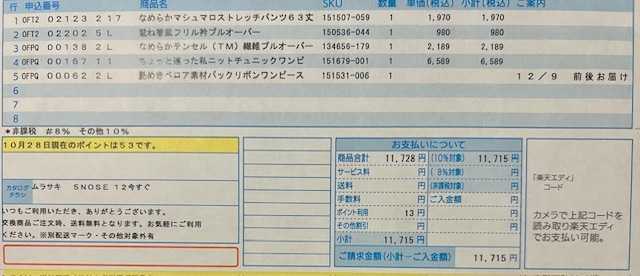Pashto パシュトゥン
my National dress snd Pashto cap
Here, my National dress snd Pashto cap.
First I'm Pakistani and also I'm Pashto(Pashtoons,Pakhtuns)
The Pashtoons (or Pakhtuns in northern Pakhtu dialects), are composed of many Tribal and non-Tribal units totaling in estimated 16 to 18 million in Afghanistan and about 24 to 26 million in Pakistan.
The most numerous of the tribes are Durrani, Ghilzai, Waziri, Khattaks, Afridi, Yousafzai, Wardak, Jaji, Tani, Jadran, Mangal, Khugiani, Safi, Momand, Shinwari, Muhammadzai, Orakzai, Niazi, Utman Khel, Gigiani, Gadun-Jadun, Khalili, Shilmani, Mashwani, Bangash, Achakzai.
Most historians say that Pashtoon culture originated in the 13th to 16th century from the intermingling of ancient Aryans with invaders. Though Pashtoons can trace back their roots as far as 5000 years.

Here, Pashto cap.
Pashto
Pashto is a national language of Afghanistan spoken by over half (8,000,000) the people, including the Taliban. Pashto is also the native language of the inhabitants of the Northwest Frontier Province of Pakistan, and is spoken by groups in Karachi and Beluchistan. It is an Indo-European language and one of the two official languages used in schools.
Tajikistan

Pakistan

Iran

Afghanistan

Pashto is developing in Afghanistan/NWFP Pakistan. Earlier Pashto was not used in official documents and in social and political life, but nowadays the sphere of its use is widened all the time. Active efforts are made to normalize the language and to create the single norm of literature tongue.
Many individuals have taken open themselves to seek that it maintains a long healthy influence on the people of Afghanistan and Pakhtunkhwa NWFP Pakistan.
Tribes
The Pashtoons (or Pakhtuns in northern Pakhtu dialects), are composed of many Tribal and non-Tribal units totaling in estimated 16 to 18 million in Afghanistan and about 24 to 26 million in Pakistan. They are divided along tribal lines, into tribes and sub-tribes. Some tribes are sedentary and others nomadic. Most of them are farmers and herdsmen, although a large growing number of them have advanced toward the 21st Century era of technology.
The most numerous of the tribes are Durrani, Ghilzai, Waziri, Khattaks, Afridi, Yousafzai, Wardak, Jaji, Tani, Jadran, Mangal, Khugiani, Safi, Momand, Shinwari, Muhammadzai, Orakzai, Niazi, Utman Khel, Gigiani, Gadun-Jadun, Khalili, Shilmani, Mashwani, Bangash, Achakzai.
Most historians say that Pashtoon culture originated in the 13th to 16th century from the intermingling of ancient Aryans with invaders. Though Pashtoons can trace back their roots as far as 5000 years. Some Pashtoons can trace their roots to the lost 10 tribes of Israel, claiming a linkage between them and the Semetic ancients. Pashtoons also bore the exclusive name of Afghan before the name was used to denote any natives of the past and present Afghanistan.

ジャンル別一覧
人気のクチコミテーマ
-
-

- 本日のお勧め
- 【119の日はまとめ買いチャンス】カ…
- (2025-11-14 15:20:04)
-
-
-

- レディースファッション新着情報
- ベルーナの服も届いた。なめらかマシ…
- (2025-10-31 09:23:57)
-
-
-

- ワンピース・ドレス
- ベルーナから、ベロア素材の紺・緑の…
- (2025-11-11 23:54:10)
-
© Rakuten Group, Inc.



